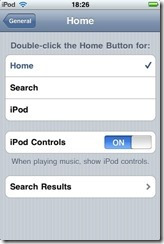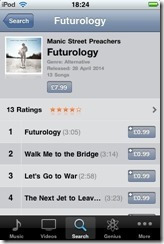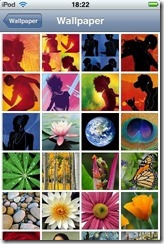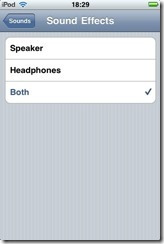Ever since I was convinced to buy an iPad 4 years ago, I’ve been a massive fan and predicted they would eventually replace laptops for most consumers. Just as not everyone needs a truck, not everyone needs a laptop right?
It turns out however, that iPad sales are falling. This is more likely a combination of people having much larger phones, iPads being reliable and not needing replacing, lack of innovation (today’s fifth generation iPad does the same as a second generation, only faster), and the fact that the vast majority of consumers don’t need anything more powerful than a phone. It saddens me that despite the Internet being a place where anyone can publish anything at very low cost (or for free in many cases), most people use it to consume TV and post frivolous Facebook updates that don’t require much more than a mobile phone – but that’s another topic altogether.
At the other end of the scale you have business and professional users, who tend to use laptops because they offer much more power. Processing power isn’t as far off as you might think, the power difference is now in the software. Take for example a simple task I needed to achieve last week – downloading an MP3 from a web site (legit I might add! It was to accompany a course I was taking) and add it to my iTunes Match Library so it would be available on all of my devices. This is easy to do on a Mac or Windows laptop, but impossible on an iPad. That’s ridiculous.
The other software issue that holds back these devices is the transient nature of applications. At any time your application might get terminated due to lack of memory. This rarely results in any loss of work, as developers usually code with this in min (until iOS 4, this happened overtime you left an app). Not many developers both to restore the state of an application (as they are suppose to), and even when they do having to wait for it to load again is painful.
So the answer is no, an iPad can’t replace a laptop at the moment. I would like to see Apple push forward with this vision. Why not have a simplified version of Xcode for the iPad? It could be a great way to introduce people to programming (and could feature the Playground function introduced last year). The built in applications should be updated to support ‘Open In’ so I can open that MP3 file in the Music app, for example.
For many users, nothing will beat a dual screen setup with a mouse and keyboard – but I can’t help thinking that 90% of my non-work computing needs could be done on an iPad if the software were better.
Update: 31/5/2015
I’ve been using an external keyboard with my iPad a lot recently, so hardware wise it’s more on par with a laptop. Here’s what I miss most from a full blown Windows/Mac laptop:
- The a ability to have more than one document open within a single app. Some apps such as Mail support having mutipe drafts open at once, but all the apps I use most frequently such as Microsft Word, Pages and Excel can only open one document at a time. It takes about 30 seconds to close a document and to load another, which just slows me down.
- Lack of keyboard shortcuts – such as being able to press ‘Enter’ to send a message, or CTRL + Enter to send an email. Also being able to switch between documents / apps using the keyboard would help too.
- Applications getting unloaded from memory. Or rather lazy developers not bothering to reload the state of an app when it gets reloaded. Again, like with the document switching – it gets in the way when you return to a presentation and find the app has gone back to the open screen.







